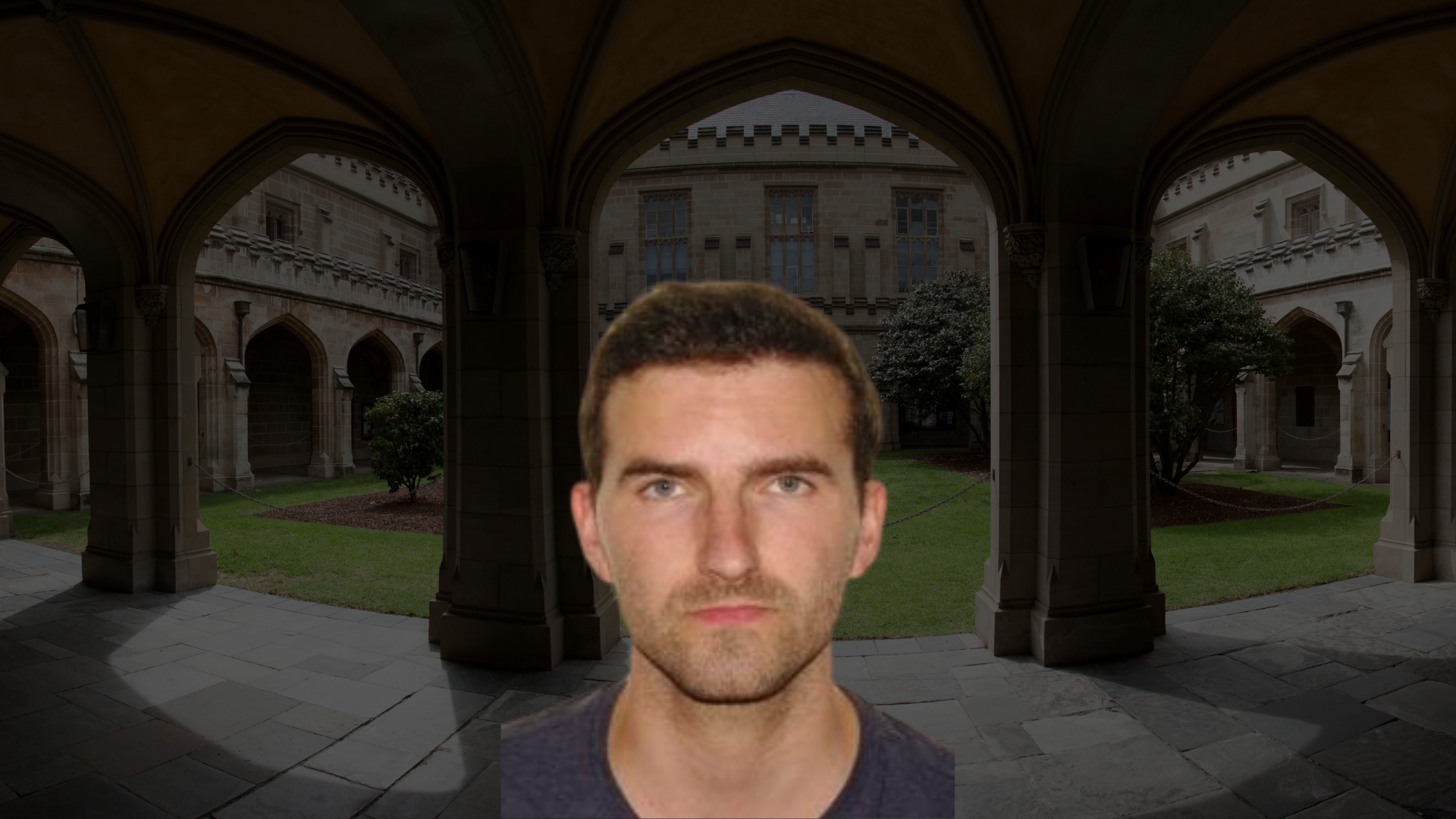2 Minute read
Factor copula modelling is a useful tool with many real-world applications. However, there are still several challenges that limit their widespread use. This research project aims to identify and solve some of these challenges.
Factor copula modelling is a useful tool with many real-world applications. However, there are still several challenges that limit their widespread use. This research project aims to identify and solve some of these challenges.
The goals of this project are to:
- Investigate and test statistical inference methods that are time-efficient and are able to tackle big data sets with spatial dependence.
- Solve the theoretical and computational challenges regarding model selection and diagnostics.
- Develop measures of extremal dependence that can be used to assess the strength of dependence in the tails of a multivariate distribution.
Graduate researcher profile: Alex Verhoijsen
Alex Verhoijsen:

What did you do before you started your PhD?
Before I commenced my PhD, I obtained a Master of Science in Statistics from the University of Louvain-la-Neuve in Belgium as well as a Master of Science in Economics from Ghent University. During my time at Ghent, I took part in an exchange programme between Ghent University and the University of Paris-Est de Créteil.
What are the challenges of your research role? Completing a joint PhD has challenges.
The toughest part of my current role probably relates more to the organisational side of things. I’m currently based in Melbourne, but I have to liaise with my partner institution in France on a regular basis. Due to the difference in time zones, meetings can take place during non-conventional hours. While having no concrete deadlines is definitely a positive, it requires a lot of motivation, dedication, and organisation on my part to ensure that goals are met. This is definitely a role for a self-starter!
What is the best part of your research role?
My research project concerning factor copula modelling is something I’m incredibly passionate about, and my interest in this particular topic is the primary reason I decided to embark on my PhD journey. The opportunity to work with my current supervisors Dr Pavel Krupskiy, Associate Professor Mark P. Holmes and Professor Ivan Kojadinovic is one of the highlights of my role. Collaborating with renowned researchers whose work I admire on a project I’m deeply passionate about is a dream come true.
Where do you wish to go after your PhD? Do you want to enter industry or continue doing more research?
I’m not sure yet. Both industry and academia are attractive options for me, so I’m progressing through my PhD with the intention of keeping both pathways open.
Supervision team
The University of Melbourne: Dr Pavel Krupskiy and Associate Professor Mark P. Holmes.
CNRS: Professor Ivan Kojadinovic
First published on 24 March 2022.
Share this article
Keep reading
-
Volatile silicon compounds and their effects on indoor air quality
This research project examines the effect of volatile silicon compounds on indoor air quality.
-
Studying the conformational landscape of P97, an essential ATPase
This research project aims to characterise p97, an ATPase with essential roles in many cellular processes.
-
Role of tissue mechanics regulating seed growth
This research project examines the role of tissue mechanics in regulating seed growth.
-
Understanding how colorectal cancer resists treatment by studying netrin-1
This research project will study how the protein netrin-1 helps colorectal cancer cells resist therapy.